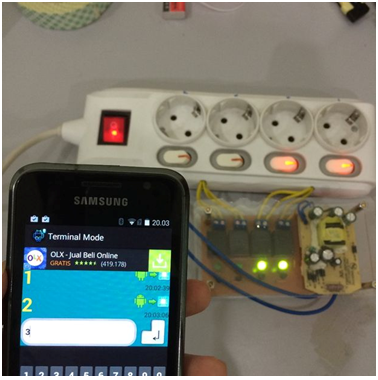Smart Home power strip is an android and iDevice controllable plug outlet. You can turn on or off, the outlets individually by using your smart phone, tablet or PC. This DIY requires soldering and basic understanding of electronics. Also, since it involves high voltages of 110-220 V, it should be done with care, at owner’s risk. But if you’re game, then read on and have fun, like shown in the video.
You will need resistors, terminal blocks, relay pins, LEDs, PCBs, female header and jumper cables and 2 metres of fibre cables. You can get their specifications from the source link. Apart from these, you will need Arduino Pro Mini 5V, HM-10 and HC-05, one each and USB to TTL serial adapter module. A whole list of other components, like screws, spacers etc. can be found on the link, again.
Once you’re ready with all the equipment, you need to etch your PCB, using hydrochloric acid and hydrogen peroxide. Then we proceed to drilling the PCB and soldering the components together. Plug the Arduino and Bluetooth Module to the PCB and program the Arduino. You can get the source code from the link. Then you only need to hack the electric socket and power supply and you’re done. You can continue with making a fancy enclosure and downloading the app on your device to control it.

You can experiment with this, by making it voice activated. But do share it with us.
Hope you had fun!
Filed Under: Reviews


Questions related to this article?
👉Ask and discuss on Electro-Tech-Online.com and EDAboard.com forums.
Tell Us What You Think!!
You must be logged in to post a comment.